When Bugatti broke the 300mph barrier with the Chiron last year, it looked like a record that might stand forever. Reaching the unlikely peak of 304.77mph had required considerable engineering effort – and the creation of what became the Chiron 300+ special edition – but also exclusive use of the 12-mile high-speed track at Volkswagen’s Ehra-Lessien proving ground in Germany.
It took driver Andy Wallace nearly a week to build up to the record speed, and he only reached his target on the final run of the last day. When Bugatti boss Stephan Winkelmann announced the record, he also said the firm wouldn’t seek to defend it.
Then in October, relative minnow SSC from the US announced that it had not just broken the Chiron’s record but smashed it. Its 1750bhp Tuatara, running on public roads in Nevada, had reportedly been driven to a two-way average of 316.11mph by British racer Oliver Webb, having hit 331.15mph in one direction.
That seemingly impossible figure soon had internet sleuths exhaustively analysing the video footage of the run, with some reckoning the car hadn’t gone nearly as fast. SSC stands by its numbers, blaming a video editing error, but boss Jerod Shelby has now said his company will answer the doubters by doing the whole thing again.
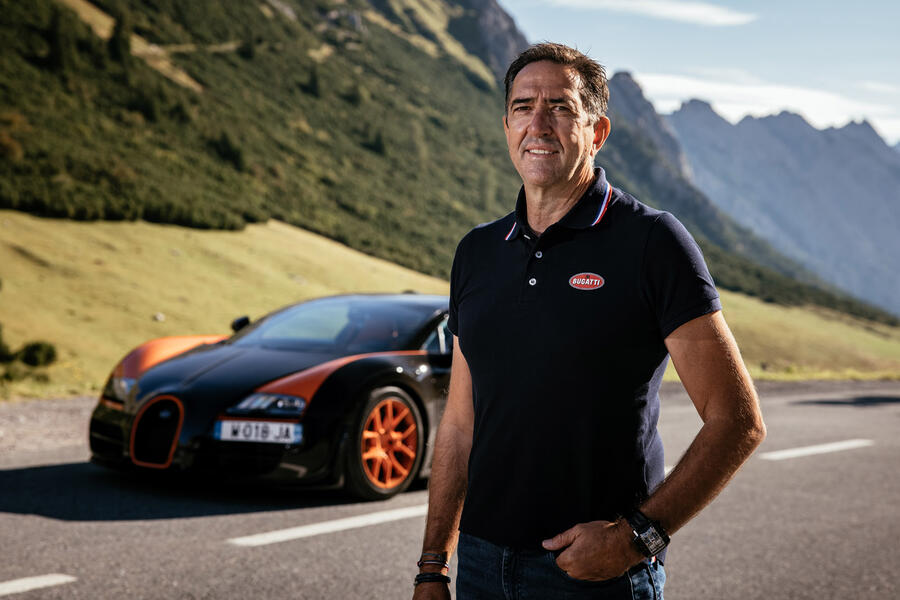
This interview with Wallace took place last September, when his claim to be the world’s fastest man in a production car was still undisputed. The 59-year-old Brit is actually a two-time holder of the record, having driven the McLaren F1 to 240.1mph in 1998, with his career highlights also including an outright win at the Le Mans 24 Hours in 1988.
Frenchman Pierre-Henri Raphanel, who is also 59 and a successful sports car racer and Le Mans victor (1997), drove the Bugatti Veyron Super Sport to its record 267.9mph in 2010. These days, both he and Wallace work for Bugatti as ambassadors and test drivers.
Both have well-stocked trophy cabinets at home and are quick to acknowledge that travelling quickly in a production car is less challenging than sharp-end motorsport. But the risks of going so fast are still very real.
“It’s a mental exercise,” says Raphanel. “It’s a straight line and you have to stay straight and keep the power on. But you also know that if anything is happening at that speed, you’re unlikely to come back to the engineer to say ‘there was something wrong’. It’s more likely that you will not come back.”
“You do think about the risks, but not when you’re actually driving,” Wallace adds. “You need to have confidence in the car but also in the people who have built it and who are looking after the stuff you can’t control.”


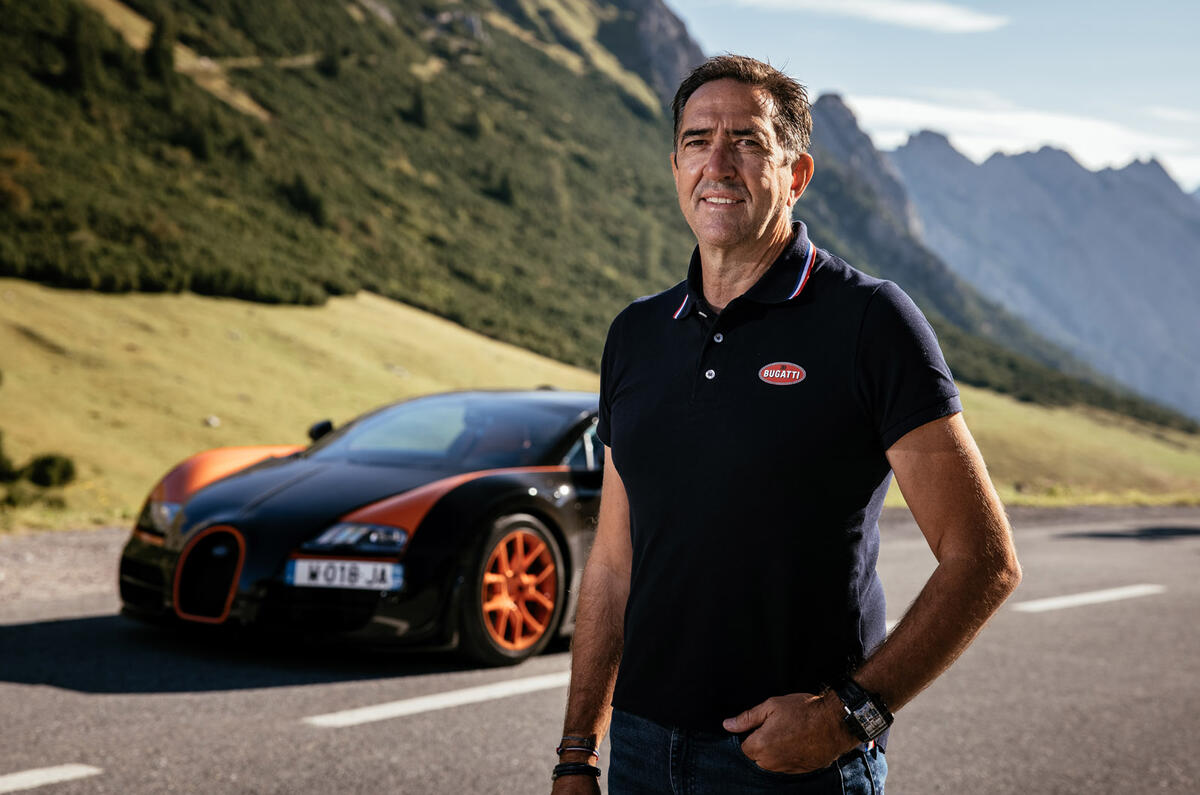
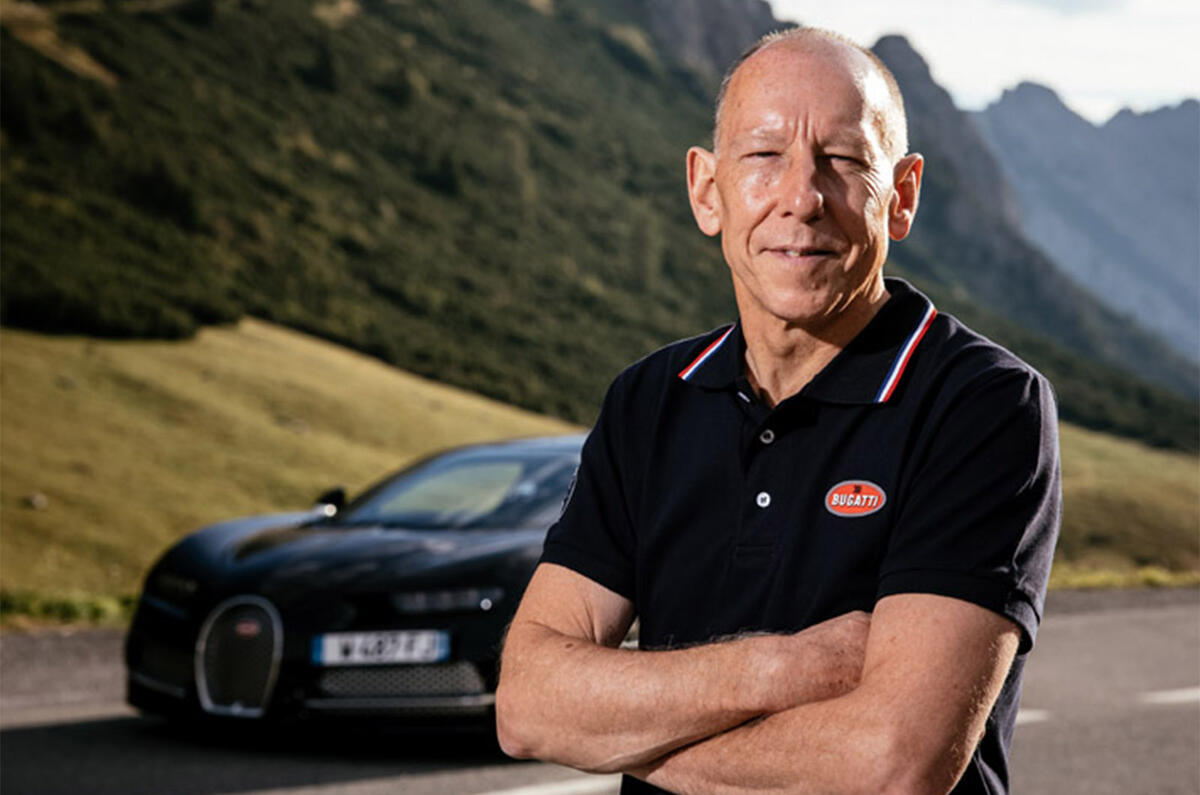
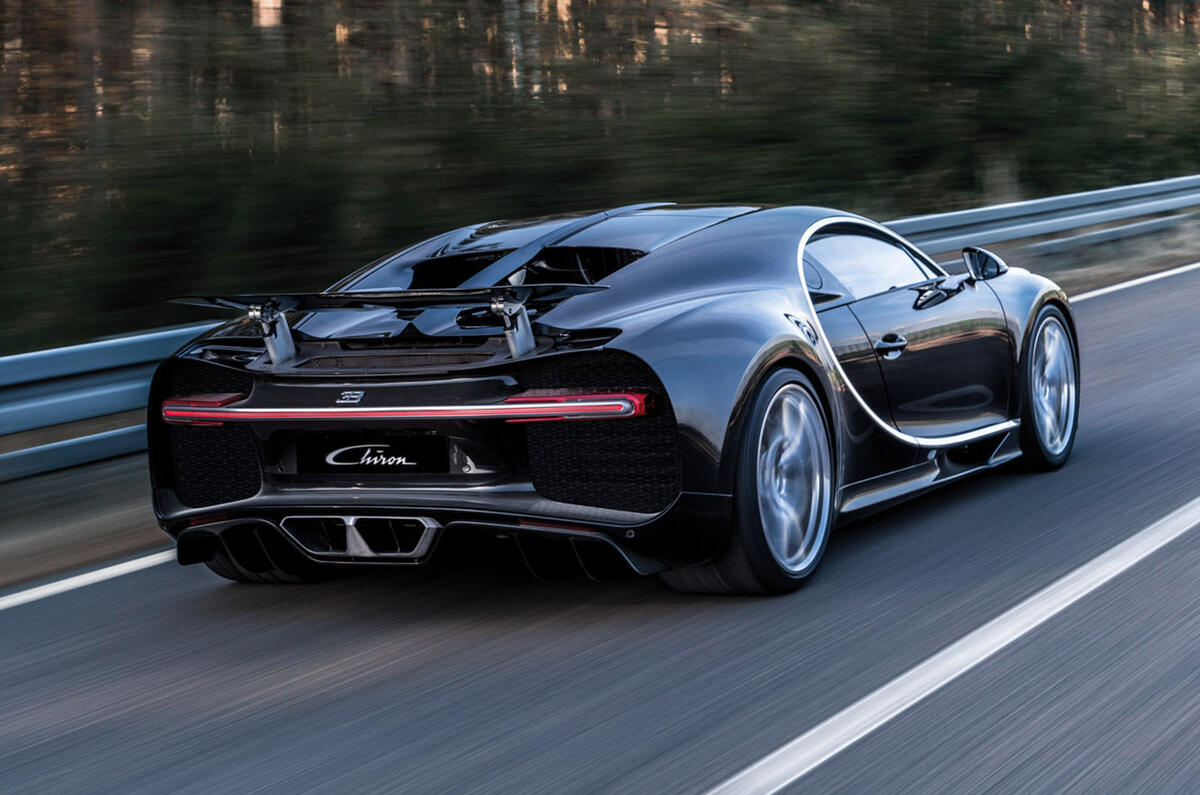
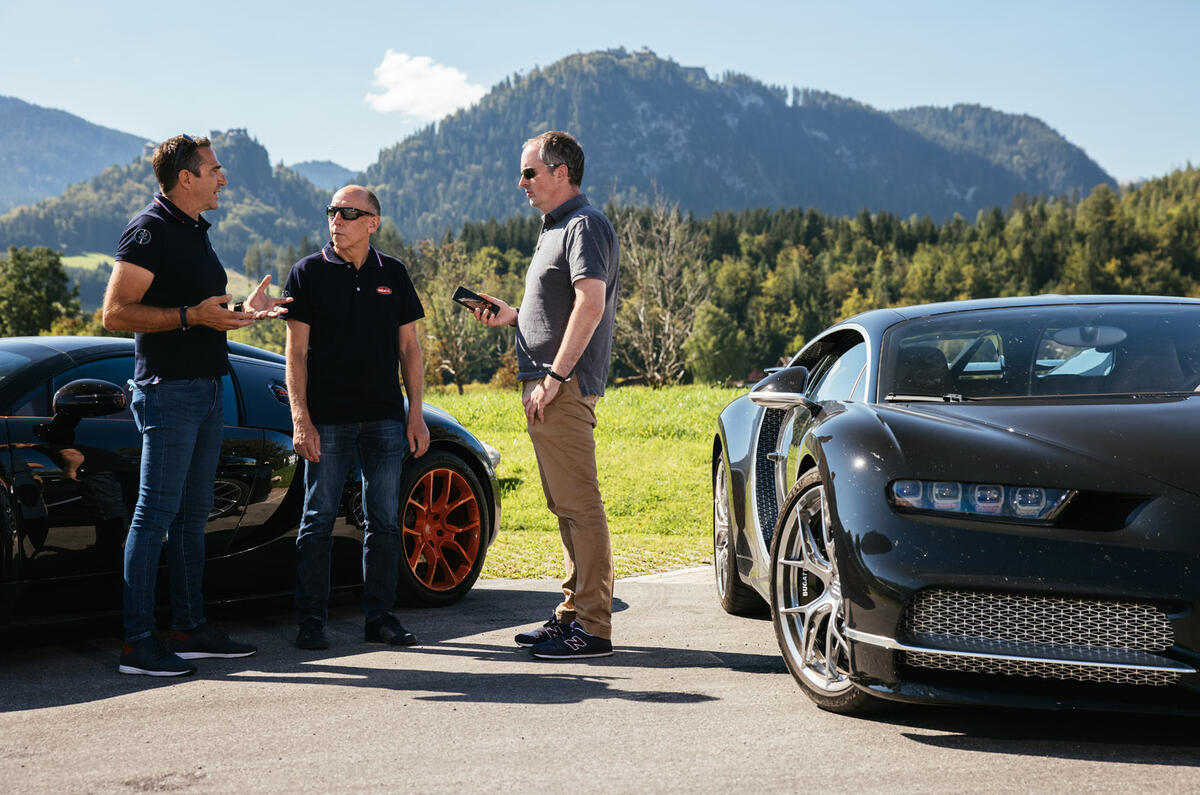
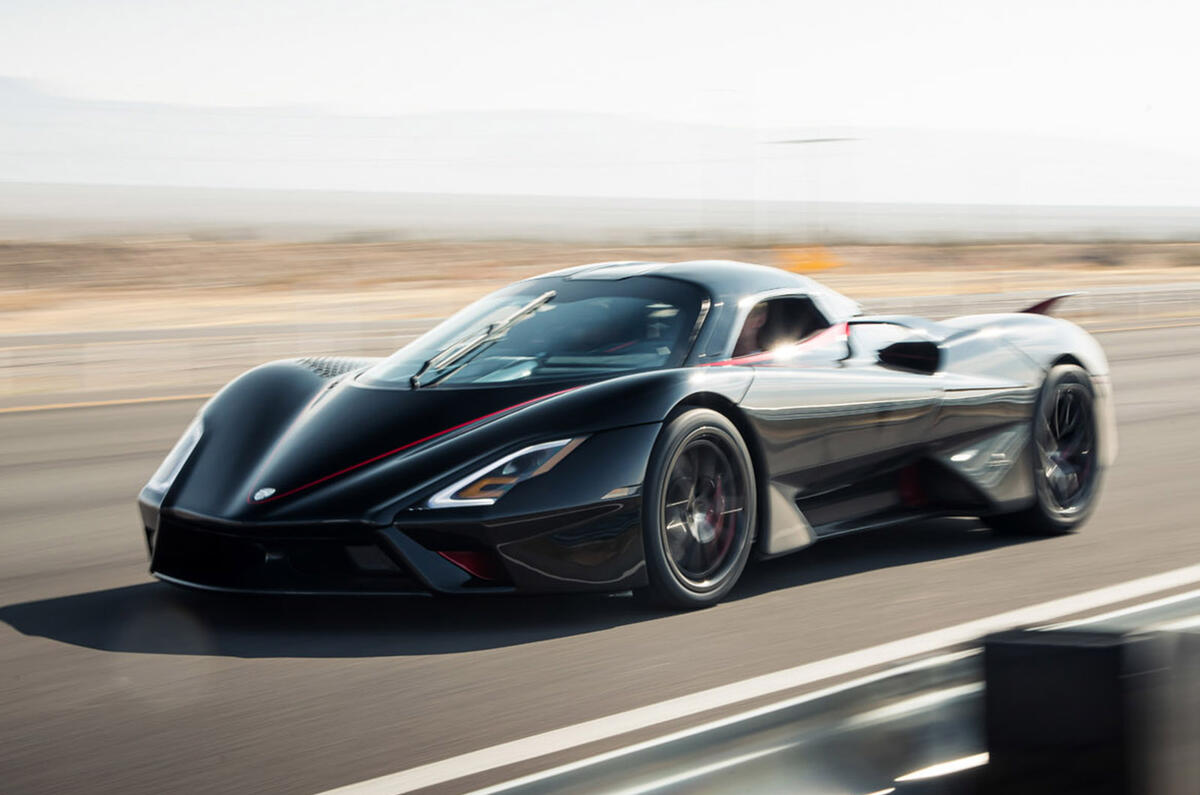
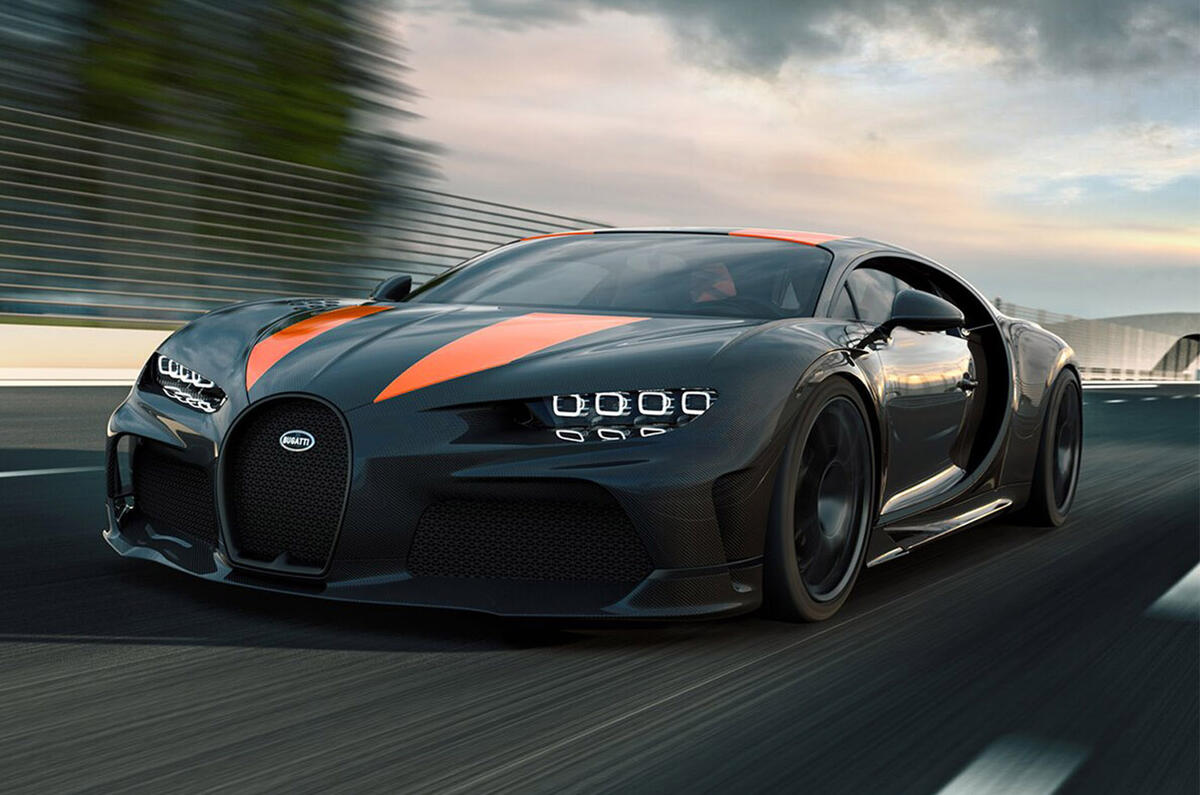
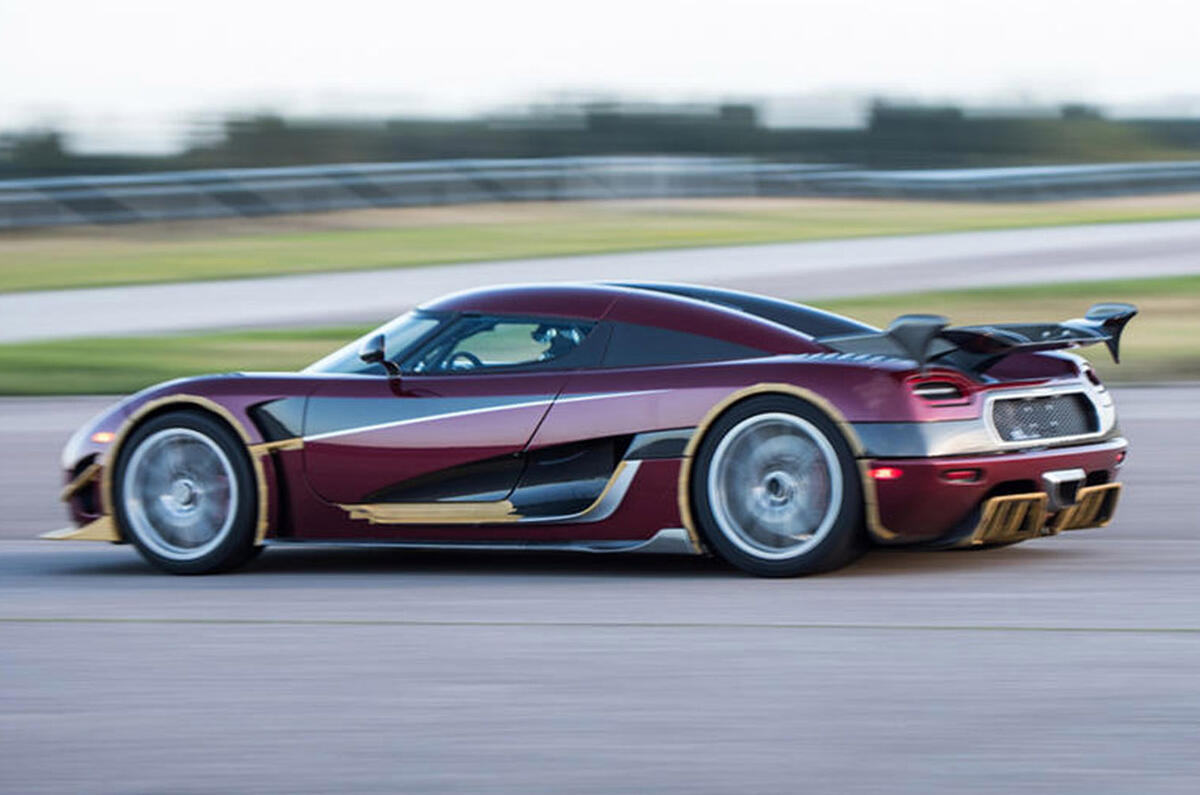

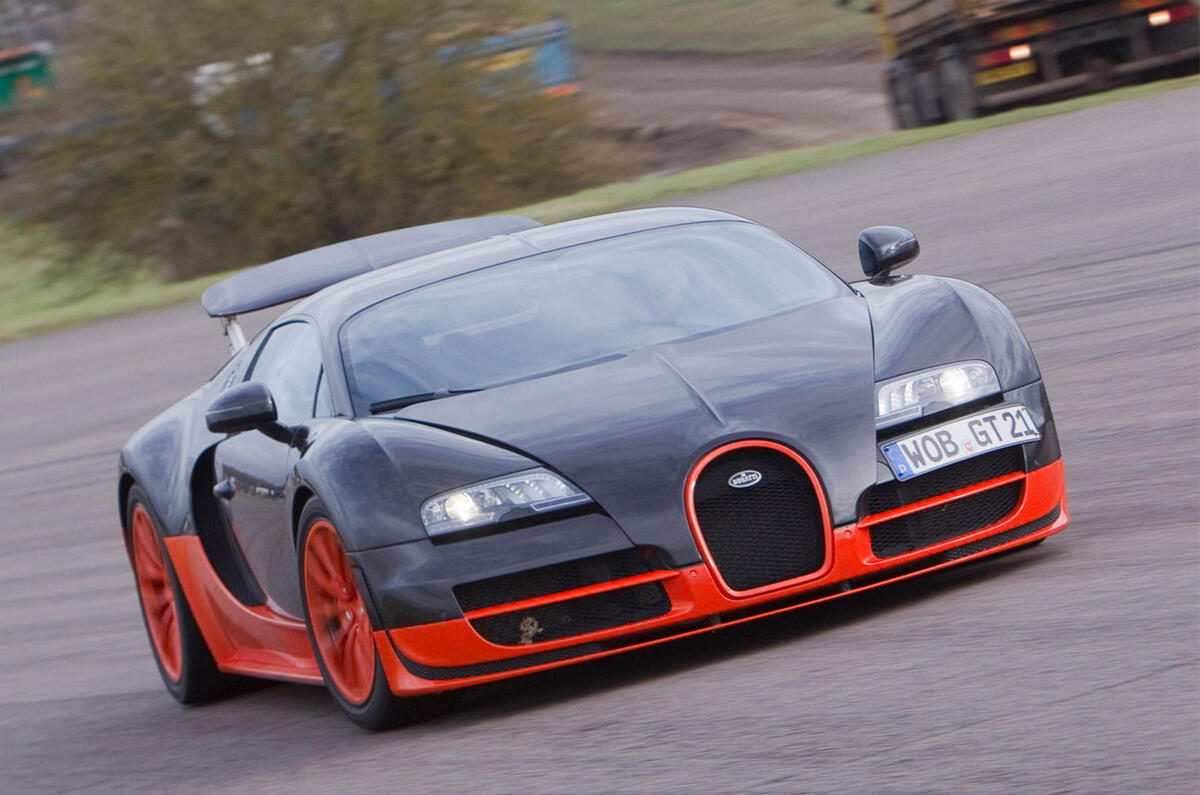

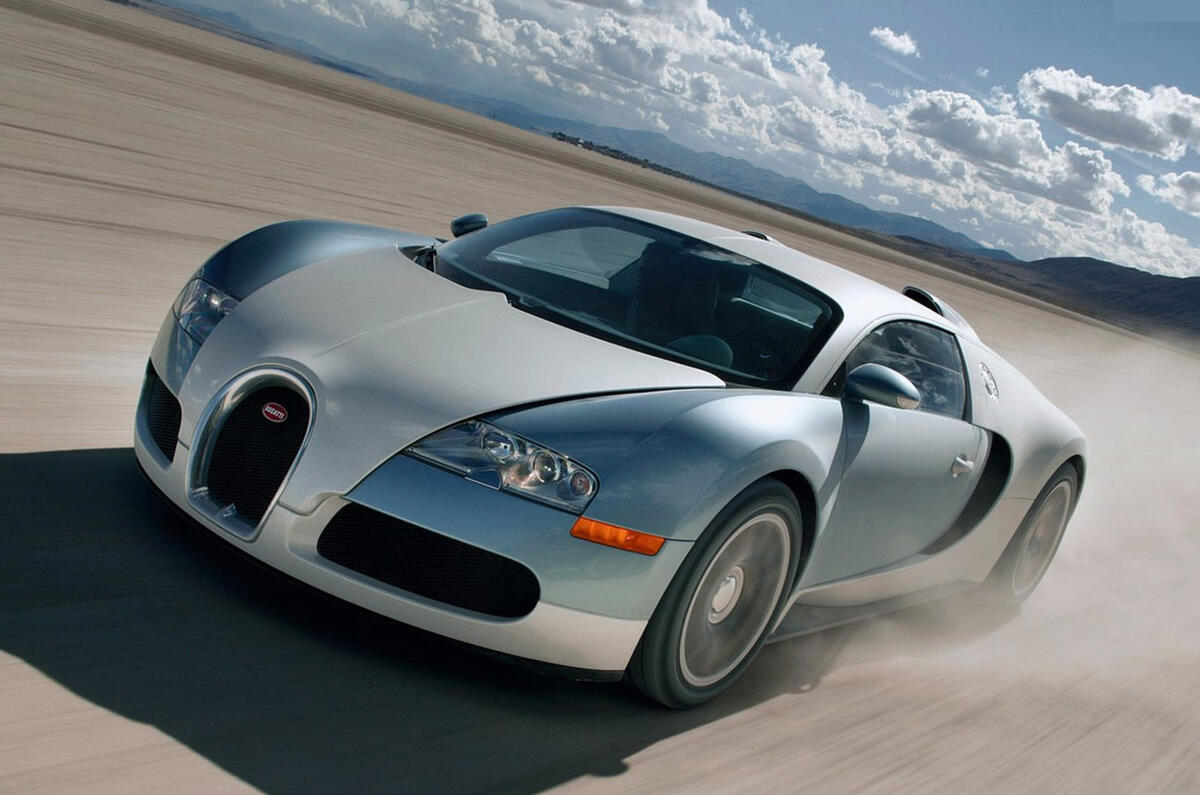
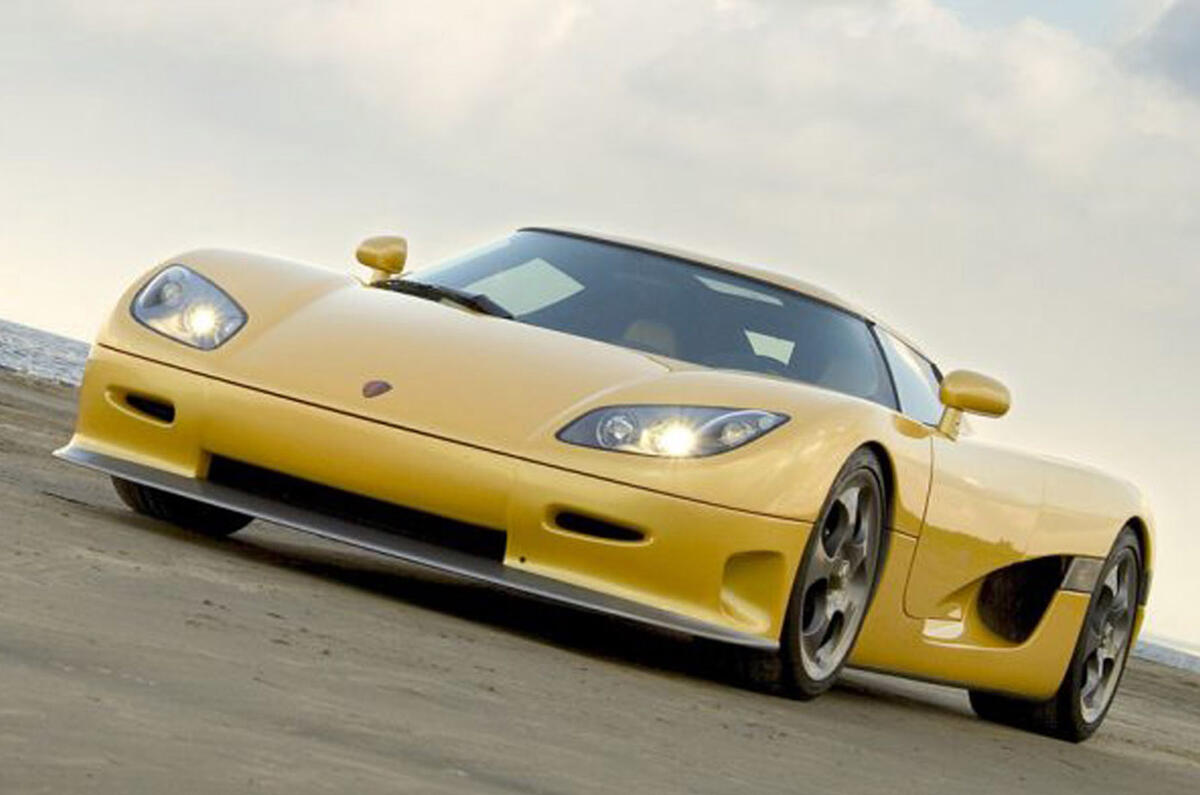
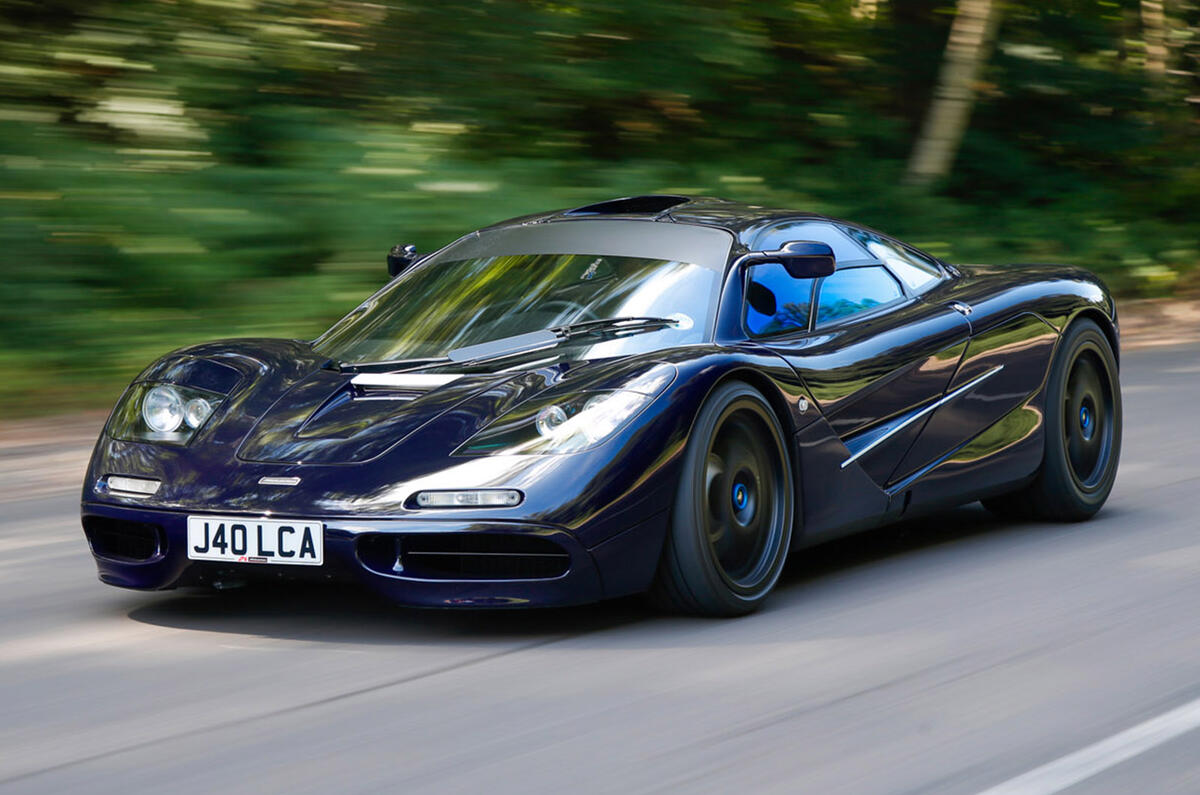
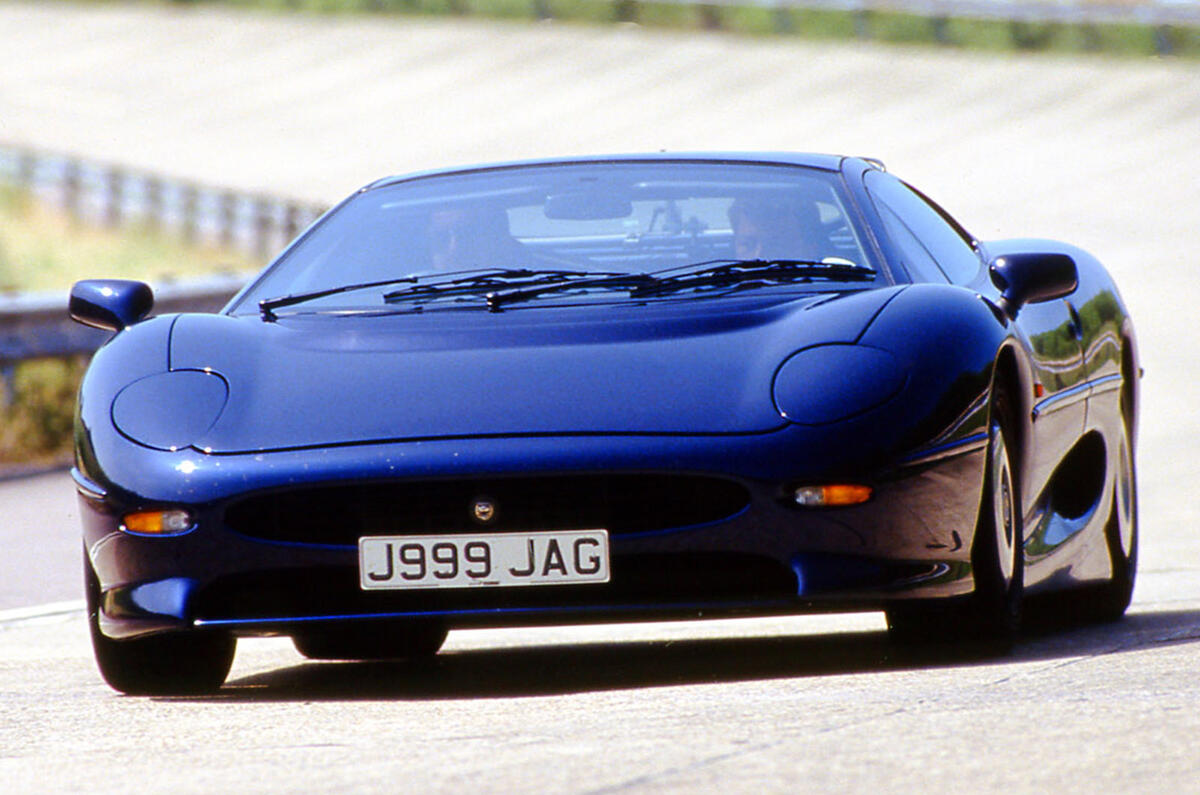

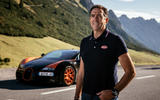
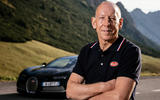
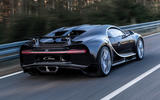
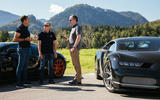
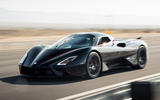
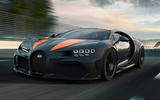
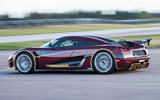
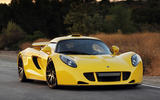
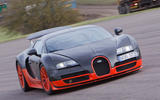
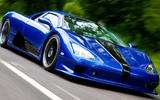
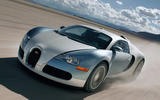
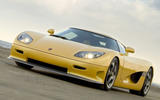
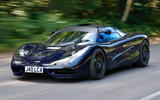
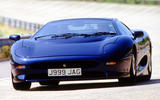

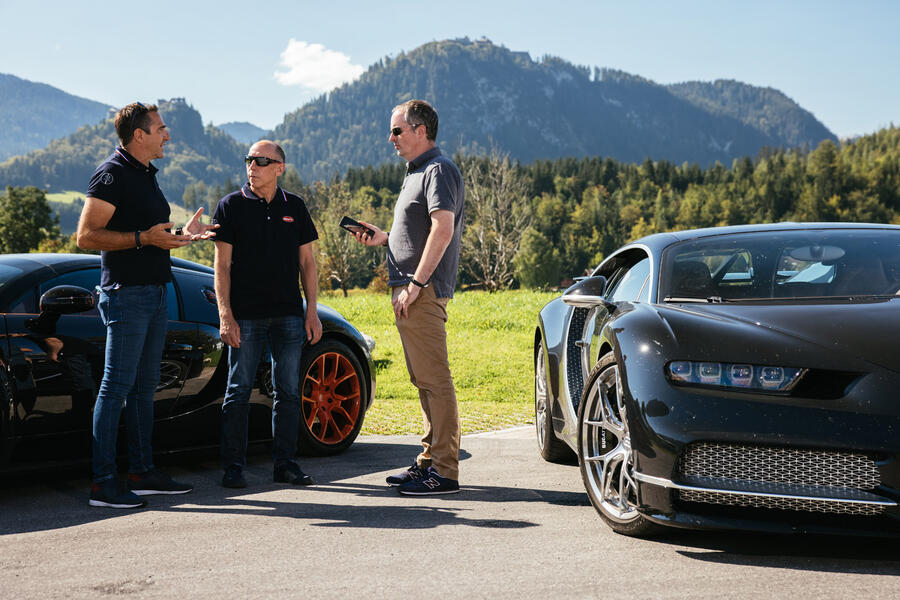
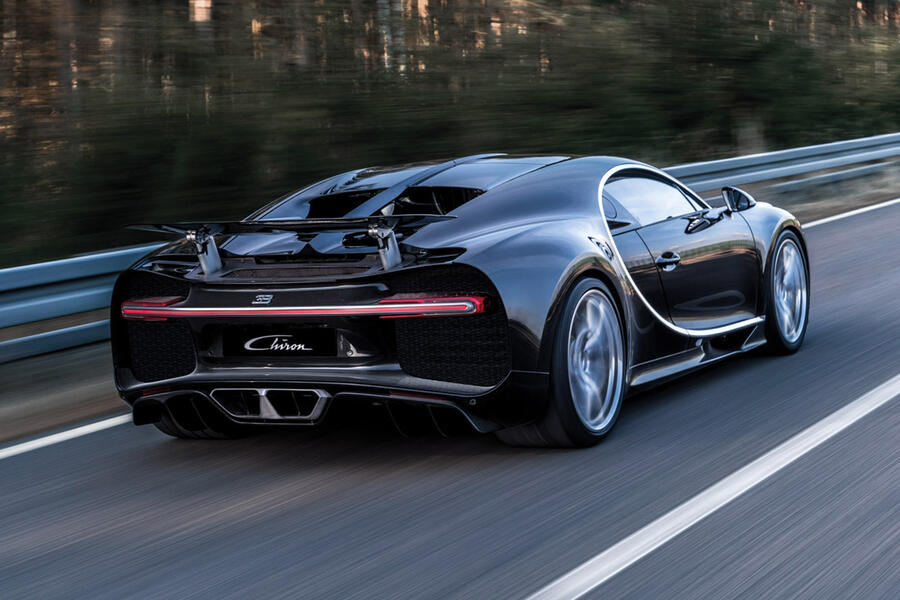
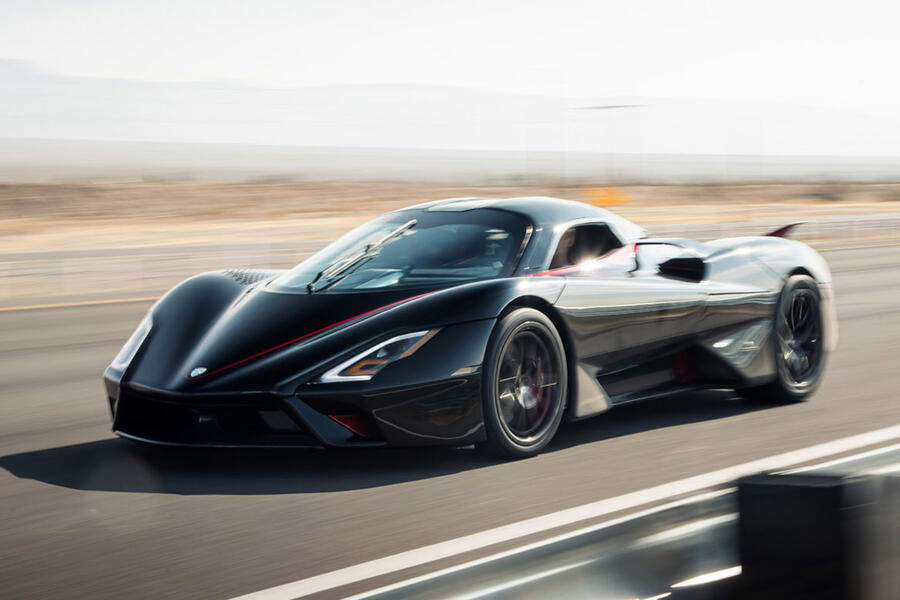
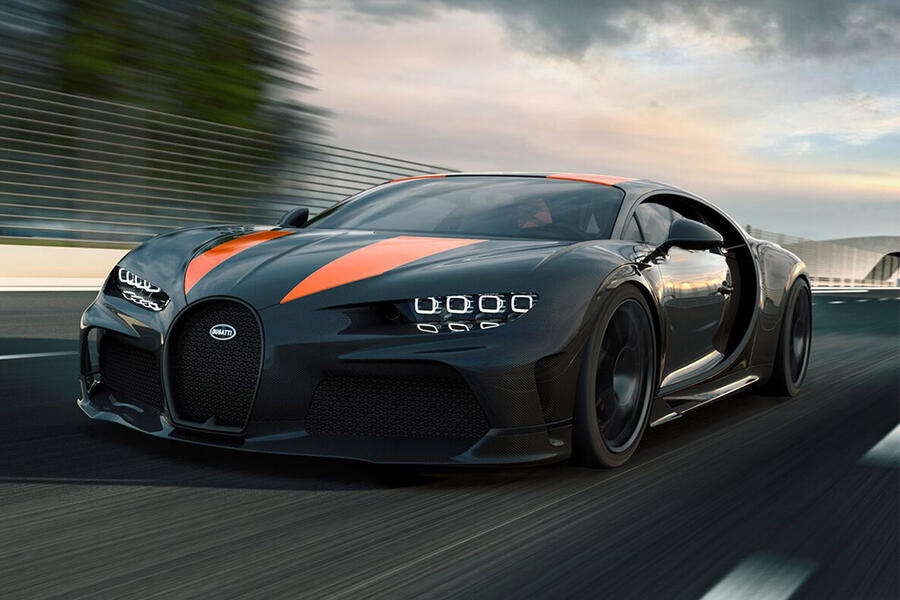
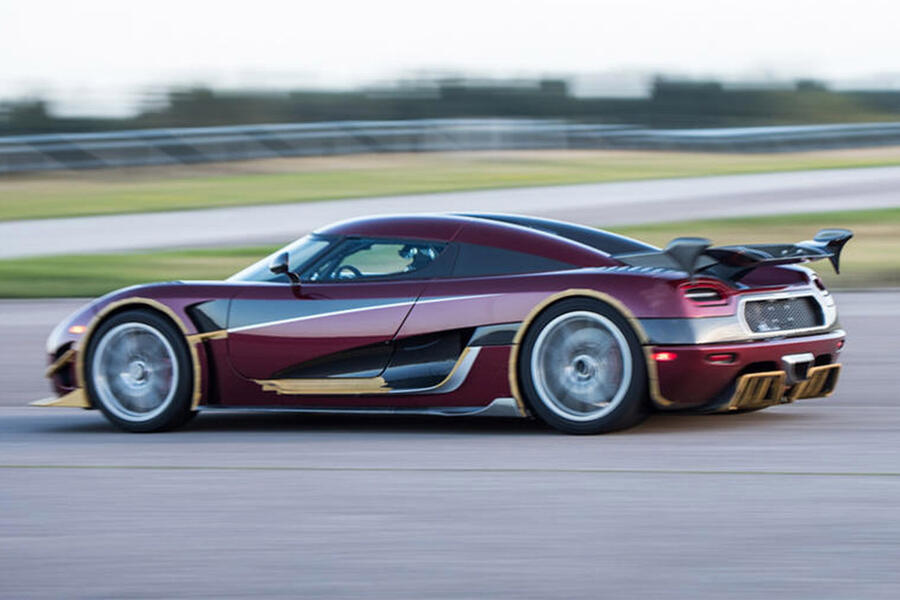
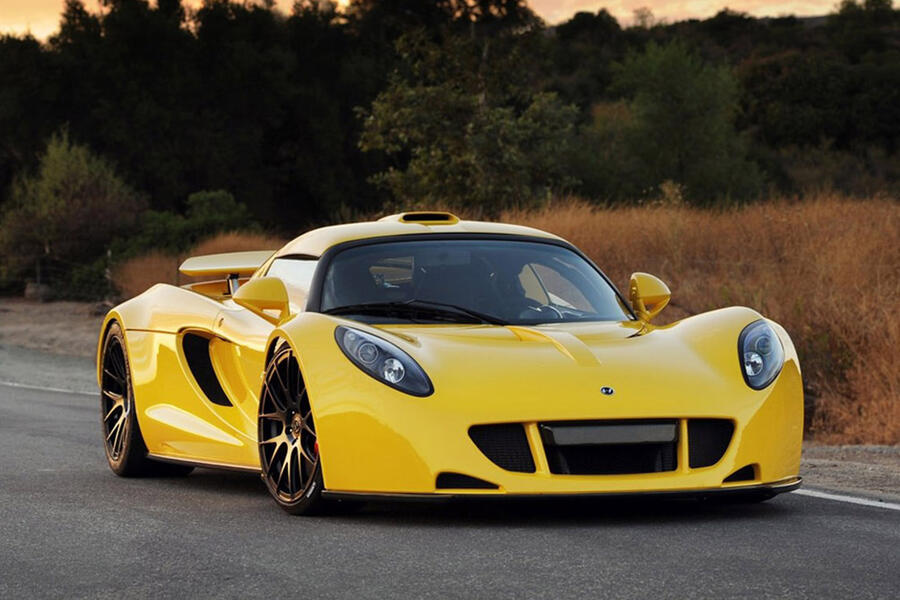
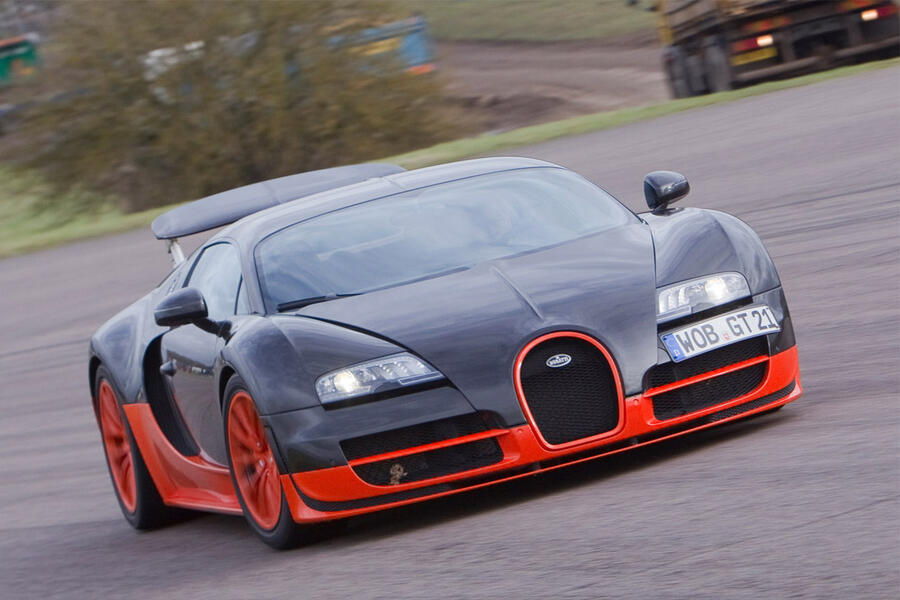
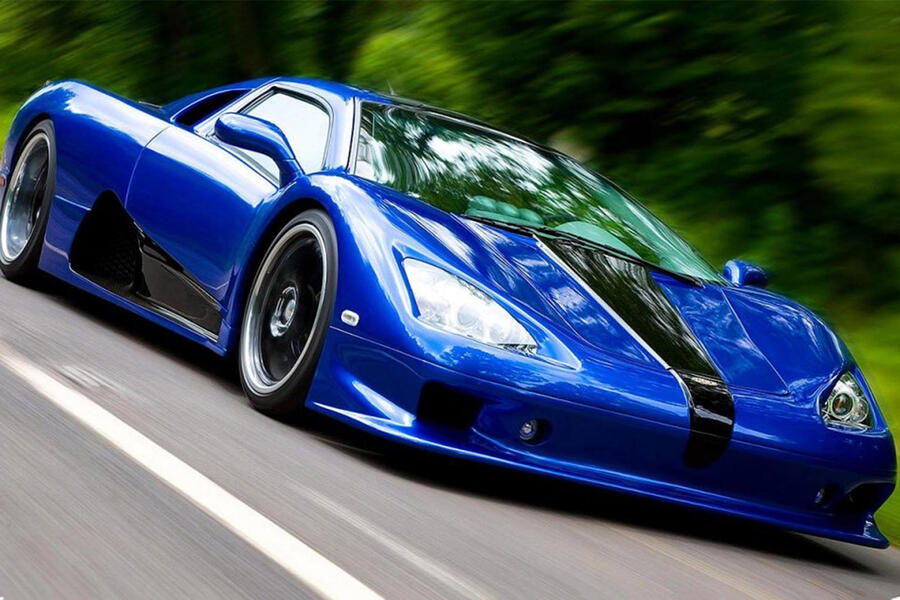
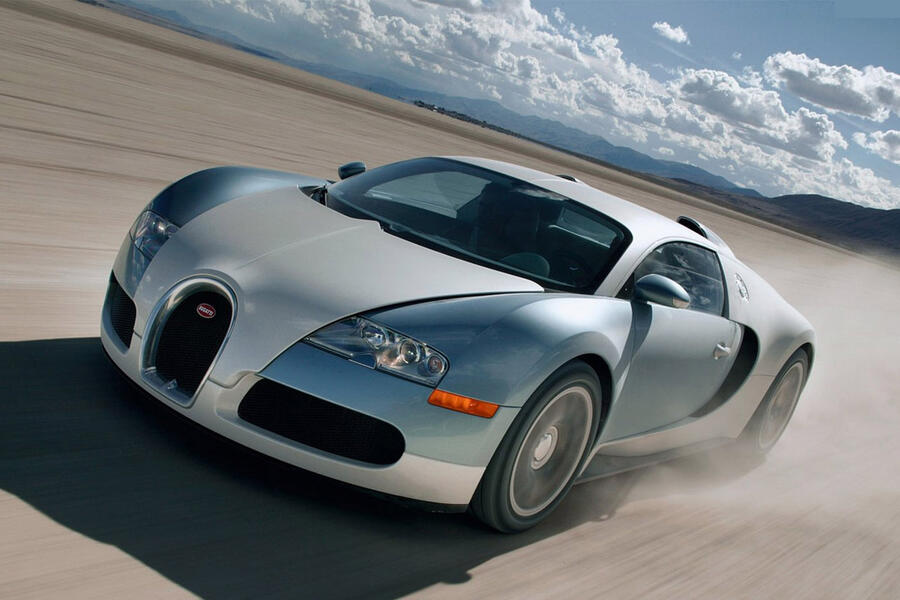
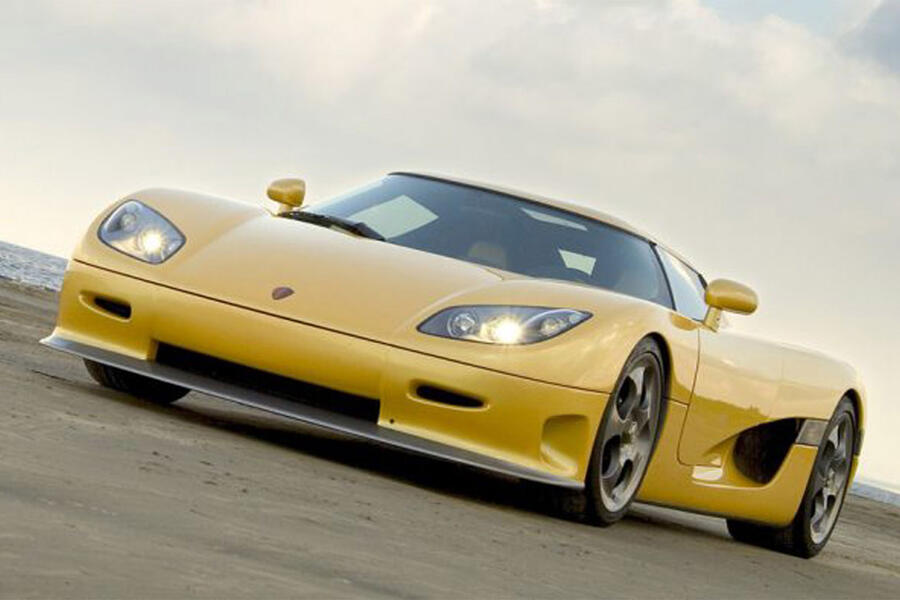
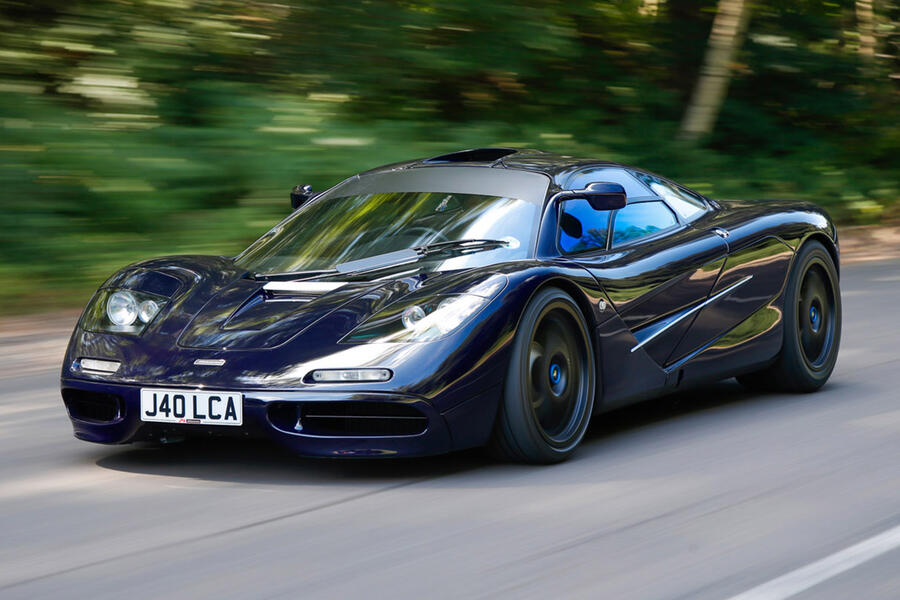
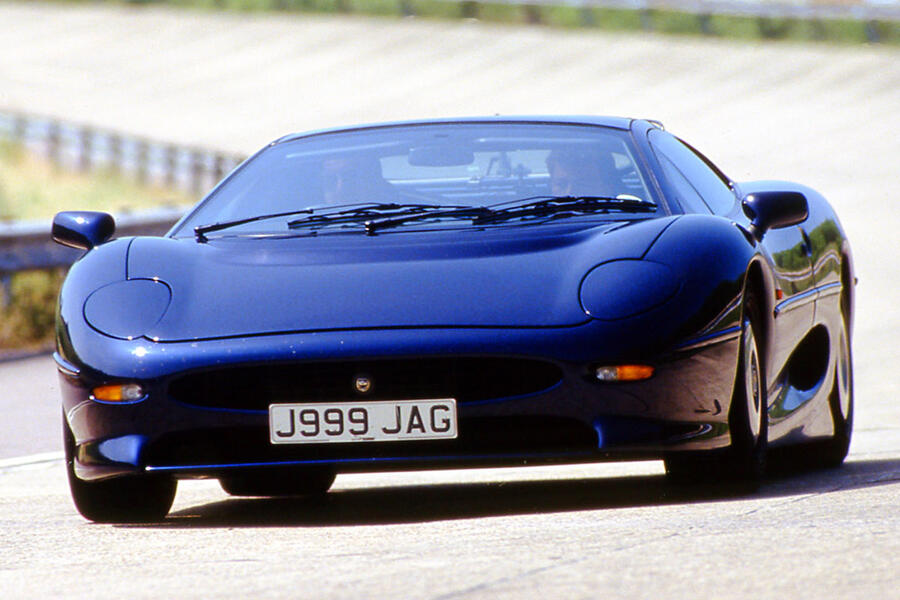

Join the debate
Add your comment
Poor from you, Autocar, to be including the Tuatara in that list when the run was clearly invalidated by many people. Even the GPS company who 'allegedly' helped them
We're rapidly approaching the impossible 200, 300mph, who wants to go that fast?, how far, or where could you travel at that speed,and indeed, how much fuel and how often would you need to slow down safely, yes, cars like this are irrelevant, but, what about 0-60mph, or, 0-100mph?, could we make a car that could do 0-60mph in less than one second?, or 0-100mph in four seconds ?, will speed become a bit Ho hum, a bit next please?
Utterly irelevant.
Records are there to be broken, whatever the context.
Really? Tell me what revelency 300 mph has to the average guy in the street and its context except to a teenager